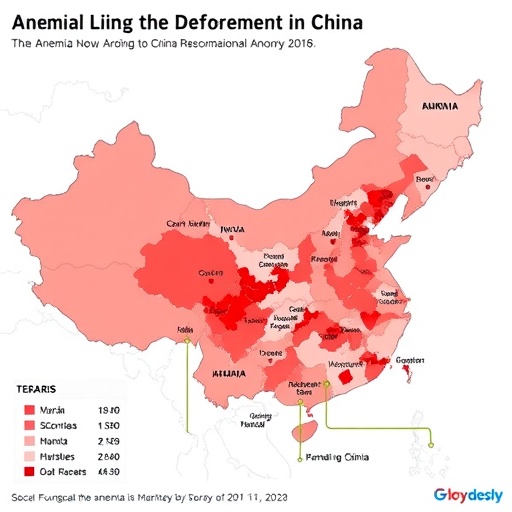A little-understood biological property that appears to allow cell components to store energy on their outer edges is the possible key to developing a new class of materials and devices to collect, store and manage energy for a variety of applications, a team of researchers at New Jersey Institute of Technology (NJIT) and Yeshiva University has proposed.
In a paper published last week in Nature Communications, "Dynamical Majorana edge modes in a broad class of topological mechanical systems," the researchers report the discovery of a large class of materials with such capabilities.
"Remarkably, we believe these properties may be present in many materials composed of dimers, a chemical structure in which two similar masses are linked to one another through a rigid, nearly unstretchable bond. Dimers make up the building blocks of many cellular components and so it appears that storing energy in this way is a strategy that a variety of cells use on a daily basis in many living organisms," notes Camelia Prodan, associate professor of physics at NJIT and an author of the paper.
"This research could be used to explain cell behavior that is not yet fully understood," she adds.
The paper stems from research funded by a $1 million grant from the W.M. Keck Foundation awarded last year to Prodan and her collaborator, Emil Prodan, professor of physics at Yeshiva University, to research the role of topological phonon edges in the functioning of microtubules — the skeletal material in eukaryotic cells. Phonon edges are quanta of sound or vibrational energy confined to the edge or surface of a material.
The Prodans are particularly interested in how microtubules store energy at their edge that is not propagated in their cylinder-shaped bodies. Majorana edge modes are the equivalent of a type of subatomic particle – Majorana fermions – that appear in some types of superconductors. They are the energetic vibrations that appear at the edge of a material that cannot be destroyed by the environment or by the material breaking.
They are exploring the potential to engineer new materials with novel physical properties based on topological phonon edge modes.
"Ultimately, we would like to create materials that mimic this property – the ability to restrict energy to an edge – to enhance earthquake resistance in buildings or the protection of bullet proof vests, for example," she says. "We also think this property may be the key to a new generation of anti-cancer agents, because of the role topological phonons may play in cell division. Microtubules must fall apart before a cell can divide. Chemotherapy currently works by preventing cells from dividing, but recurrent cancers find a way to weaken these defenses."
Working with nanotechnology experts at NJIT, Reginald Farrow, research professor of physics, and Alokik Kanwal, assistant research professor, they hope to provide the first experimental verification of the key role that these topological phonons play in many fundamental cellular processes, including cell division and movement.
In addition, based on the results of their study of microtubules and topological phonon edge modes, the research team will seek to predict and fabricate a new class of materials called topological phononic crystals, with applications ranging from energy-efficient solar cells, to sound deadening and amplification, to insulation.
###
Kanwal, Kyle Dobiszewski '09, Ph.D. '13, associate director of research initiatives for the Albert Dorman Honors College, and John Palmieri '17, a senior majoring in biomedical engineering, are co-authors of the article.
About NJIT
One of the nation's leading public technological universities, New Jersey Institute of Technology (NJIT) is a top-tier research university that prepares students to become leaders in the technology-dependent economy of the 21st century. NJIT's multidisciplinary curriculum and computing-intensive approach to education provide technological proficiency, business acumen and leadership skills. With an enrollment of 11,400 graduate and undergraduate students, NJIT offers small-campus intimacy with the resources of a major public research university. NJIT is a global leader in such fields as solar research, nanotechnology, resilient design, tissue engineering, and cybersecurity, in addition to others. NJIT ranks 5th among U.S. polytechnic universities in research expenditures, nearing $140 million, and is among the top 1 percent of public colleges and universities in return on educational investment, according to PayScale.com. NJIT has a $1.74 billion annual economic impact on the State of New Jersey.
Media Contact
Tanya Klein
[email protected]
973-596-3433
@njit
http://www.njit.edu
############
Story Source: Materials provided by Scienmag




